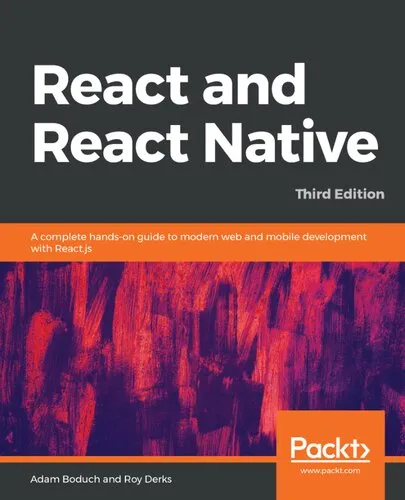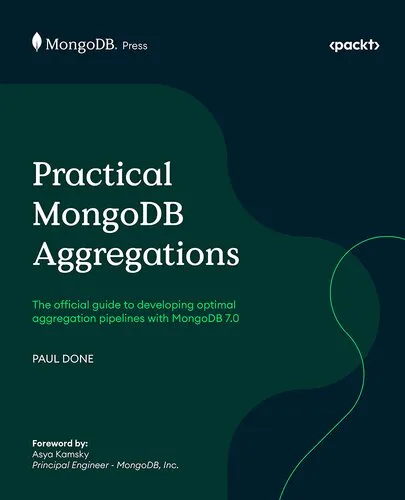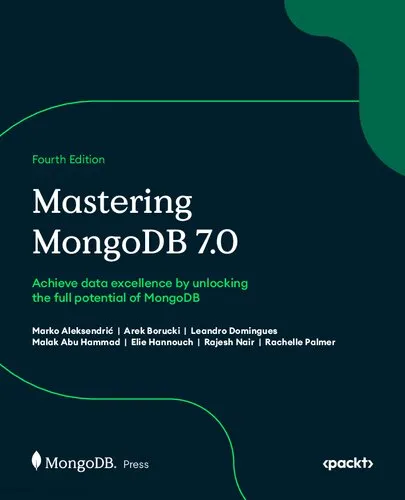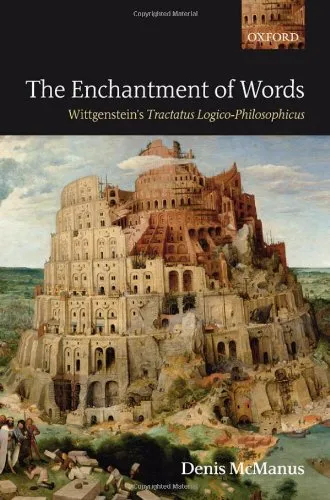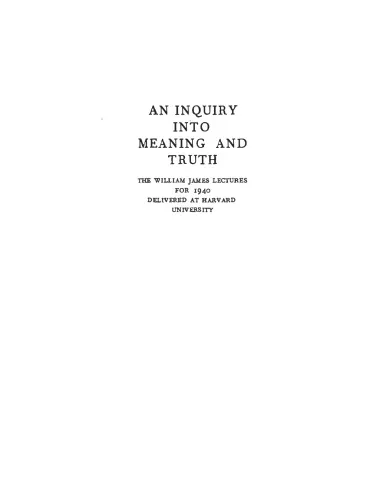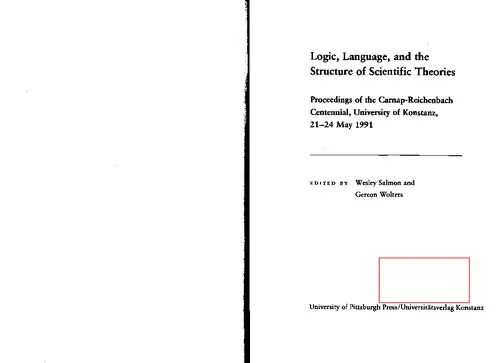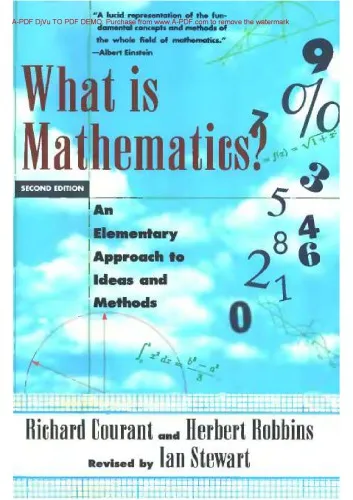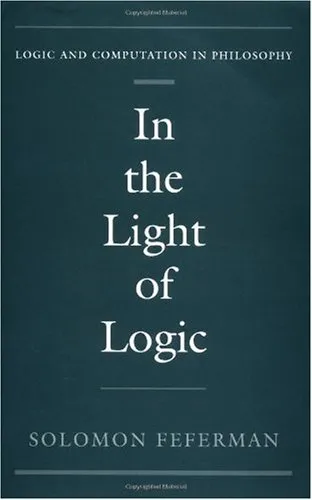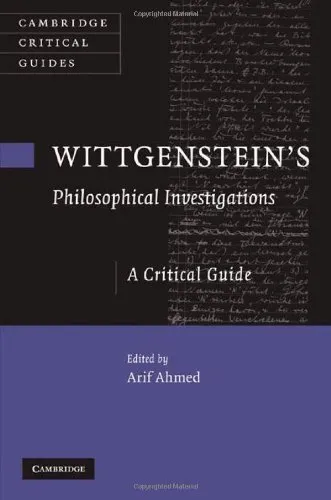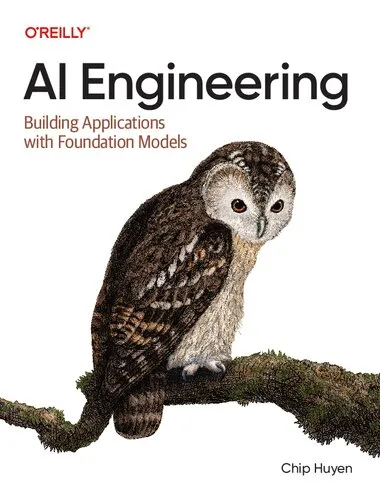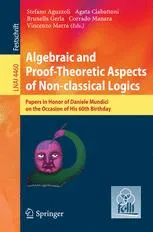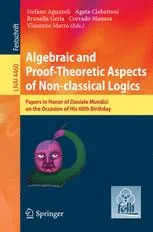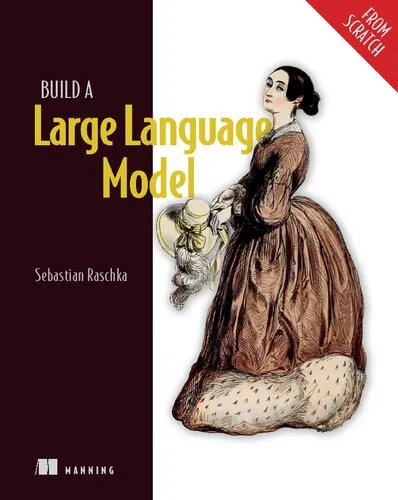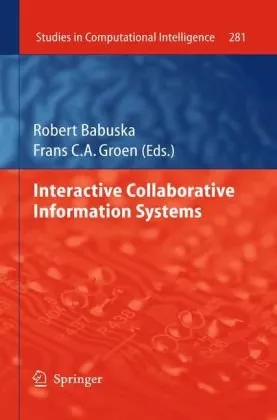لطفا سؤال خود را بنویسید

کتاب ناموجود
متأسفانه این کتاب در حال حاضر برای چاپ و فروش موجود نیست.
شما میتوانید از نسخه PDF این کتاب استفاده کنید.
- سال انتشار: 2008 Fall
- صفحات: 39
- اندازه فایل: 466 kB
- زبان: English
- انتشارات:
- تعداد مشاهده: 173
- امتیاز کاربران: 4.9
- شابک/ISBN: ISBN information not found.
کلمات کلیدی:

Generate PowerPoint Files with LLM
⚡️SlideGenie is an intelligent educational slide generator (Open Source Repository) that leverages the power of OpenAI API to create engaging presentations and converts Mermaid diagrams into visual assets.
Features:
- AI-powered slide content generation
- Automatic Mermaid diagram to image conversion
- Customizable slide templates
- Multi-language support
- Educational content optimization
Journal of Logic, Language and Information
4.9
بر اساس نظر کاربران

شما میتونید سوالاتتون در باره کتاب رو از هوش مصنوعیش بعد از ورود بپرسید
هر دانلود یا پرسش از هوش مصنوعی 2 امتیاز لازم دارد، برای بدست آوردن امتیاز رایگان، به صفحه ی راهنمای امتیازات سر بزنید و یک سری کار ارزشمند انجام بدینکتاب های مرتبط:
Journal of Logic, Language and Informationpp.385—389
منطق صوری، فلسفه زبان
مروری ژرف بر Journal of Logic, Language and Informationpp.385—389 برای پژوهشگران منطق و علاقهمندان فلسفه زبان.
خلاصه تحلیلی کتاب
کتاب Journal of Logic, Language and Informationpp.385—389 اثری علمی و متمرکز بر تعامل پیچیده میان منطق، زبان و نظریه اطلاعات است. این بخش خاص از نشریه، به بحث و بررسی مفاهیم بنیادی منطق صوری و تحلیل زبان در بستر اطلاعات اختصاص دارد. نویسندگان اثر، با رویکردی دقیق و نظاممند، تلاش کردهاند چارچوبی نظری ایجاد کنند که بتواند نقش زبان طبیعی را در تبیین ساختارهای منطقی روشن سازد.
آنچه این کار را متمایز میکند، پیوند میان formal logic و semantic analysis در قالب مقالهای کوتاه اما پرمغز است. در این اثر، تعامل میان syntax و semantics نه بهعنوان دو حوزه مجزا، بلکه بهعنوان دو جنبه ضروری برای فهم نظامهای اطلاعاتی بررسی میشود. اطلاعات نامشخص درباره زمان دقیق انتشار بخش مورد بحث وجود دارد زیرا منبع معتبر در دسترس نیست.
خواننده در این تحلیل با نقدهایی بر مدلهای موجود مواجه میشود و پیشنهادهایی برای اصلاح و بهبود نظریههای رایج در حوزه logic and language مطرح میگردد. این رویکرد، فضای علمی را برای مباحثه و گسترش دیدگاهها در میان پژوهشگران باز میکند و راه را برای تحقیقات دقیقتر و چندرشتهای هموار میسازد.
نکات کلیدی و کاربردی
این اثر چند نکته کلیدی دارد که مطالعه آن را برای اهل پژوهش در منطق و فلسفه زبان ضروری میسازد. نخست، تمرکز بر ارتباط میان ساختارهای منطقی و زبان طبیعی است که دریچه تازهای به فهم پیچیدگیهای معناشناسی میگشاید. دوم، تأکید بر نقش اطلاعات بهعنوان دادههای ساختاری در نظام استدلال و ارتباط.
سومین نکته، روش تحلیلی دقیق نویسندگان است که هم برای آموزش و هم برای توسعه پژوهش در حوزه logic کاربرد دارد. چهارم، تبیین جایگاه زبان بهعنوان ابزار اصلی در انتقال و پردازش اطلاعات، که اهمیت فلسفه زبان را در عرصه فناوریهای نوین دوچندان میکند.
همچنین، کتاب بر ضرورت بازنگری در مدلهای سنتی منطق صوری تأکید میکند تا بتوان آنها را برای تحلیل دادهها و زبان در بسترهای مدرن بهکار گرفت. این دیدگاه، پژوهشهای آینده را مستقیماً تحت تأثیر قرار میدهد و مرزهای جدیدی را در فهم ارتباط میان زبان و اطلاعات میگشاید.
نقلقولهای ماندگار
این اثر سرشار از جملات و دیدگاههایی است که میتوانند ذهن خواننده را برای مدتها درگیر کنند. گرچه همه نقلقولها در دسترس نیستند، برخی از فرازهای کلیدی بهخوبی پیام نویسندگان را منتقل میکنند و ارزش بازخوانی دارند.
در ادامه چند عبارت الهامبخش از متن کتاب آوردهایم که نهتنها بیان علمی دارند بلکه حس کنجکاوی و انگیزه پژوهش را در مخاطب تقویت میکنند.
"زبان تنها ابزار بیان نیست؛ زبان ساختار تفکر است و منطق چارچوب آن." نامشخص
"هیچ نظام اطلاعاتی مستقل از قواعد زبان و منطق نمیتواند معنا بیافریند." نامشخص
چرا این کتاب اهمیت دارد
اهمیت Journal of Logic, Language and Informationpp.385—389 در آن است که مرزهای موجود میان منطق و زبان را بازتعریف میکند. این اثر میتواند بهعنوان پلی میان نظریه و عمل مورد استفاده قرار گیرد؛ بهویژه در حوزههایی که ترجمان دادهها به زبان انسانی یا برعکس اهمیت دارد.
در عصر فناوریهای پیشرفته، درک عمیق از ارتباط بین formal logic و natural language برای توسعه هوش مصنوعی، پردازش زبان طبیعی و طراحی سیستمهای اطلاعاتی ضروری است. از این رو، مطالعه این اثر به پژوهشگران امکان میدهد چارچوبهای نظری خود را بازنگری کنند و راهکارهای جدیدی ارائه دهند.
این کتاب نهتنها در حوزه آکادمیک، بلکه در عرصههای عملی همچون تحلیل دادهها، طراحی الگوریتمهای پردازش زبان و سیستمهای تصمیمگیری کاربرد دارد. نقش آن در پرورش تفکر انتقادی و روششناسی علمی غیرقابل انکار است.
- مقدمهای بر فلسفه زبان و معناشناسی
- راهنمای جامع منطق صوری برای پژوهشگران
- Foundations of formal semantics
- Linguistic logic and computation
- Advanced topics in language philosophy
Journal of Logic, Language and Informationpp.385—389
formal semantics, philosophical logic
Explore the Journal of Logic, Language and Informationpp.385—389 for deep insights into logic, semantics, and linguistic theory.
Analytical Summary
The Journal of Logic, Language and Informationpp.385—389 stands as a meticulous examination of the intersection between logic and linguistic theory, offering an intellectually rich text that speaks to scholars, researchers, and professionals in the domains of analytical philosophy, cognitive science, and computational linguistics.
This work is focused on articulating formal methods for analyzing meaning and inference in natural language, laying out a systematic approach that blends philosophical logic with precise linguistic models. By moving deftly between theoretical frameworks and practical applications, the authors encourage a deeper understanding of how formal semantics can be employed to illuminate the subtleties of human communication.
While specific publication date details are information unavailable due to lack of reliable public sources, the text’s enduring relevance is clear in its ability to inform ongoing debates in semantic theory, pragmatics, and the philosophy of language. It addresses foundational issues such as the representation of meaning, the dynamics of conversation, and the logical relationships embedded in linguistic structures.
Key Takeaways
Readers will find this section of the journal invaluable for its synthesis of formal semantics and philosophical logic, yielding practical insights as well as theoretical clarity.
Firstly, the application of formal semantic frameworks to natural language analysis demonstrates the robustness of logic as an interpretive tool. Secondly, the text underscores the importance of model-theoretic approaches in understanding meaning. Thirdly, it situates linguistic phenomena within the broader context of information theory, revealing interconnections between communication, reasoning, and computation.
Finally, this work models a disciplined method of inquiry, reminding us that advancing knowledge in these fields requires both rigorous formalism and sensitivity to linguistic nuance.
Memorable Quotes
Select passages crystallize the intellectual depth of this journal segment, offering enduring reflections on logic and language.
“Formal semantics bridges the gap between abstract logical systems and the lived realities of language use.” Unknown
“The precision of logic enriches, rather than constrains, our understanding of human communication.” Unknown
“Language is the interface where thought meets formal structure.” Unknown
Why This Book Matters
Within academia and professional discourse, meticulously argued texts like the Journal of Logic, Language and Informationpp.385—389 play a vital role in shaping the way we conceptualize and apply logical frameworks to real-world linguistic challenges.
It equips readers with tools to scrutinize meaning, assess argument validity, and design computational models that mirror the complexities of human language. Such capabilities are increasingly relevant in fields ranging from artificial intelligence to legal reasoning, where both precision and interpretive sensitivity are required.
Moreover, engaging with this journal cultivates a habit of disciplined reasoning, an asset in any professional or academic environment. It situates the reader within an ongoing scholarly conversation that shapes and refines the boundaries of logic and language research.
Inspiring Conclusion
As you close your examination of the Journal of Logic, Language and Informationpp.385—389, consider how its insights might inform your own work, study, or discussions.
This text invites readers to take a next step: whether it be engaging in scholarly debate, applying its frameworks to computational projects, or sharing its insights with colleagues. In situating logic at the heart of linguistic inquiry, it offers an empowering perspective that is both deeply analytical and enduringly human. Read it, reflect on it, and let its ideas permeate the way you understand and articulate meaning.
دانلود رایگان مستقیم
شما میتونید سوالاتتون در باره کتاب رو از هوش مصنوعیش بعد از ورود بپرسید
دسترسی به کتابها از طریق پلتفرمهای قانونی و کتابخانههای عمومی نه تنها از حقوق نویسندگان و ناشران حمایت میکند، بلکه به پایداری فرهنگ کتابخوانی نیز کمک میرساند. پیش از دانلود، لحظهای به بررسی این گزینهها فکر کنید.
این کتاب رو در پلتفرم های دیگه ببینید
WorldCat به شما کمک میکنه تا کتاب ها رو در کتابخانه های سراسر دنیا پیدا کنید
امتیازها، نظرات تخصصی و صحبت ها درباره کتاب را در Goodreads ببینید
کتابهای کمیاب یا دست دوم را در AbeBooks پیدا کنید و بخرید
1173
بازدید4.9
امتیاز0
نظر98%
رضایتنظرات:
4.9
بر اساس 0 نظر کاربران
Questions & Answers
Ask questions about this book or help others by answering
No questions yet. Be the first to ask!
از کتاب سوالی بپرسید
هر پرسش، 2 امتیاز هزینه داره، که بعد از پرسش شما، ما از کل امتیازاتتون کسر خواهیم کرد راهنمای امتیازات برای اطلاعات بیشتر
